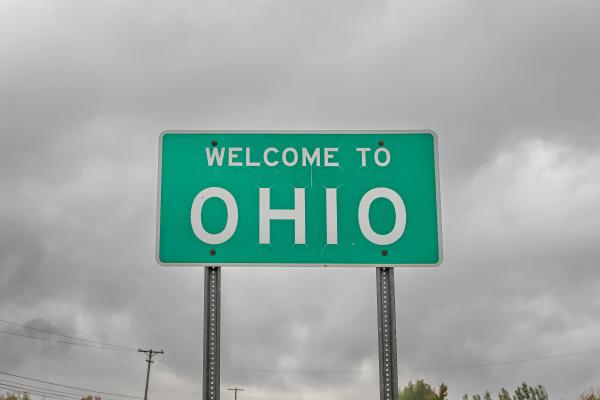How Climate Change Is Already Impacting Ohio, and What’s Ahead

Across Ohio, the impacts of climate change are increasingly evident. From record-breaking heat waves to catastrophic flooding and prolonged droughts, the realities of a warming climate are already transforming life in the Buckeye State. According to experts, these changes will only intensify in the years ahead.
"I think it's kind of hard not to see the signs, to be honest," said Aaron Wilson, Ohio's State Climatologist and Ag Weather and Climate Field Specialist at The Ohio State University.
Climate change is no longer a distant threat; it's already here. We are seeing warming across all seasons, particularly in winter and spring, along with increased rainfall and more frequent extreme weather events.
Ohio's recent climate reflects this reality. In 2024 alone, the state endured a record number of tornadoes, a historic drought in the southeast, and 35 days above 90 degrees in Columbus. More intense summer heat and erratic precipitation patterns are becoming the norm, altering agriculture, ecosystems, public health, and infrastructure.
Farmers are already feeling the pressure. Last year in Guernsey County, "exceptional drought," the most severe category recognized by the U.S. Drought Monitor, led to grasslands drying out, creeks running dry for months, and wheat crops vanishing. Such events are expected to become more frequent as the planet warms.
Dr. Jim Hood, an associate professor at Ohio State, studies the ecology of aquatic systems. He notes that the decline in Lake Erie's winter ice cover over the past 30 years is already disrupting the lake's food web. Without ice protection, wind stirs up sediment, making the water turbid and uninhabitable for algae that form the base of the food chain. This ecological disruption has ripple effects throughout the lake's ecosystem.
The warming climate also brings serious health risks. Heat stress is now the leading cause of weather-related deaths in the United States. Rising temperatures can exacerbate chronic conditions such as asthma, heart disease, and diabetes, and increase the incidence of heat exhaustion and heat stroke.
Urban areas are particularly vulnerable. Due to limited green space and the urban heat island effect, cities like Columbus can experience a wide disparity in temperature between neighborhoods. A 2022 study by Sustainable Columbus found a 14-degree difference across the city, with lower-income communities at greater risk.
In addition to heat-related illnesses, air quality is expected to worsen. High temperatures promote the formation of ground-level ozone, a harmful lung irritant. Wildfire smoke, like that from the 2023 Canadian fires, has also proven capable of traveling hundreds of miles and degrading Ohio's air.
Hotter days and wetter weather are expected to drive up energy costs for Ohioans. Increased demand for air conditioning during heat waves strains systems that become less efficient in extreme temperatures. This can lead to higher utility bills, more frequent, costly repairs, and higher homeowner insurance premiums.
Since 1990, eight of Ohio's ten wettest years on record have occurred, signaling a clear shift in the state's climate. In riverfront communities like New Richmond, floods that were once considered rare are now a recurring reality. According to Wilson, warmer winters combined with wetter springs are expected to increase the frequency and severity of flooding. Precipitation is arriving in shorter, more intense bursts, with Ohio already experiencing a rise in rainfall events that deliver one to three inches in a matter of hours, while summers could become slightly drier.
Despite the daunting challenges, Wilson emphasizes that mitigation and adaptation are possible and necessary.
Local governments, nonprofits, and individuals across Ohio are already taking action—from planting trees and restoring wetlands to improving energy efficiency and modernizing infrastructure.
For residents of places like New Richmond, where spring floods have become routine, the question is not if the river will rise again but when.
Ohioans are already taking action to prepare for a changing climate by implementing local solutions and working together to protect their communities for the future.
Visit The Columbus Dispatch to learn more.
